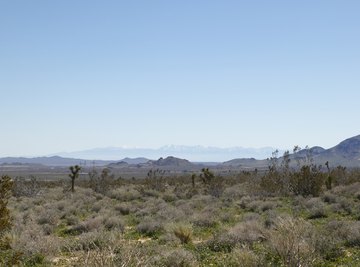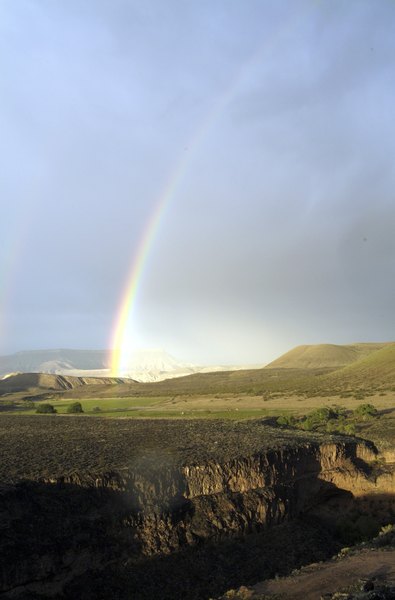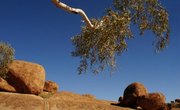
The Mojave Desert is home to several fast-growing desert communities and is accessible to large populations bordering the desert. Pollution from urban, agricultural and mining activities severely impacts the Mojave’s delicate desert ecosystems and also puts human health at risk. Additionally, large numbers of people use the Mojave for recreation, causing further degradation.
Water Pollution

Water is a scarce resource in the Mojave. Almost all water for residential, industrial and agricultural use is sourced from groundwater. Water sources are already over-allocated. Based on projections of population growth, it is predicted that demand will exceed supply in our lifetime. Water withdrawal drains wetlands and rivers, destroying habitat for many species of fish and wildlife, some of which are unique to the Mojave. Some water is returned to aquifers and surface waters, but because this water drains from urban, agricultural and mining land, it is often contaminated with chemicals, metals and nutrients.
Invasive Plants

Nitrogen enrichment of soil, caused by dry-fall of pollutants from the air, along with soil disturbance have turned the Mojave into a haven for invasive plants. Displacement of native plant species by invasive species has many adverse affects on the Mojave ecosystem. Invasive plants may not be suitable for native wildlife, which are often dependent on native vegetation for food or shelter. Additionally, with increasing diversity of introduced plants comes the potential for invasion by introduced animals. Some common invasive plant species are saltcedar, brome grasses, perennial pepperweed and Russian thistle. These species grow over much larger areas than native plants, providing extra fuel for fires which have become more frequent and intense. This is a big problem for Mojave ecosystems, which are not accustomed to frequent burning.
Air Pollution

There are two main sources of air pollution in the Mojave. The first is smog, which is transported into the desert from bordering cities. Smog contains high concentrations of carbon monoxide and nitrogen dioxide, as well as ozone, particulate matter and metals. These air contaminants cause poor visibility, human health problems and damage to plants and animals. The second source is disturbance to desert soil caused by activities such as off-road recreation, agriculture, construction of infrastructure, military training exercises and mining operations. These activities generate dust, which can aggregate into large plumes. This has proved particularly damaging to desert vegetation. In an article published in the August 1997 issue of the “Journal of Applied Ecology,” researchers found that windblown dust reduced the photosynthesis rates of three native Mojave plant species by preventing gas exchange and transpiration, and causing reduced efficiency of water use.
Litter Pollution

The Mojave Desert is critical habitat for the desert tortoise, which is now listed as endangered by the U.S. Fish and Wildlife Service. The decline of the desert tortoise can be attributed entirely to human-induced habitat changes. An article published in the January 2007 issue of the “Western North American Naturalist” reports on the effects of litter on desert tortoises in the Mojave Desert. The authors note that death or injury to tortoises caught in litter, or which consume litter, is not novel. After witnessing a tortoise eating a balloon, they noted that 178 new balloons blew into their Mojave study site over a nine-month period. Many other types of wildlife are also negatively affected by discarded rubbish.
References
- Journal of Applied Ecology: Surface Dust Impacts on Gas Exchange in Mojave Desert Shrubs
- Western North American Naturalist Publications: Anthropogenic threat to the desert tortoise (Gopherus agassizii): Litter in the Mojave Desert
- PubMed: Anthropogenic Degradation of the Southern California Desert Ecosystem and Prospects for Natural Recovery and Restoration
- USGS: Mojave Desert Science Symposium 1999
About the Author
Based in Vancouver, Kirsten Campbell has been a professional ecologist since 2006. She has worked with various governmental agencies and in the private sector. Campbell holds a Master of Science in ecology and conservation.
Photo Credits
Hemera Technologies/AbleStock.com/Getty Images
